Hell Starts Here: The Vuelta a Espana’s Ascent to Mas de la Costa
Unprecedented tough summit finish ushers in third week of racing
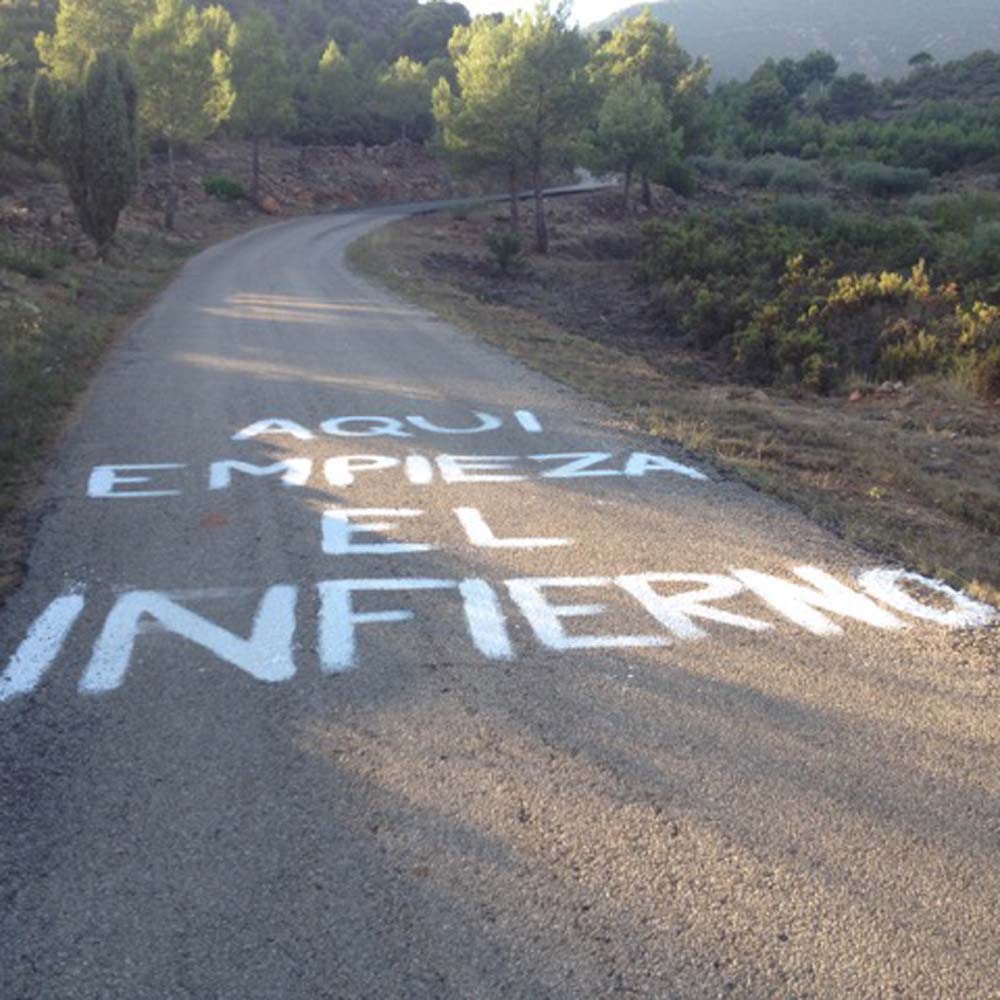
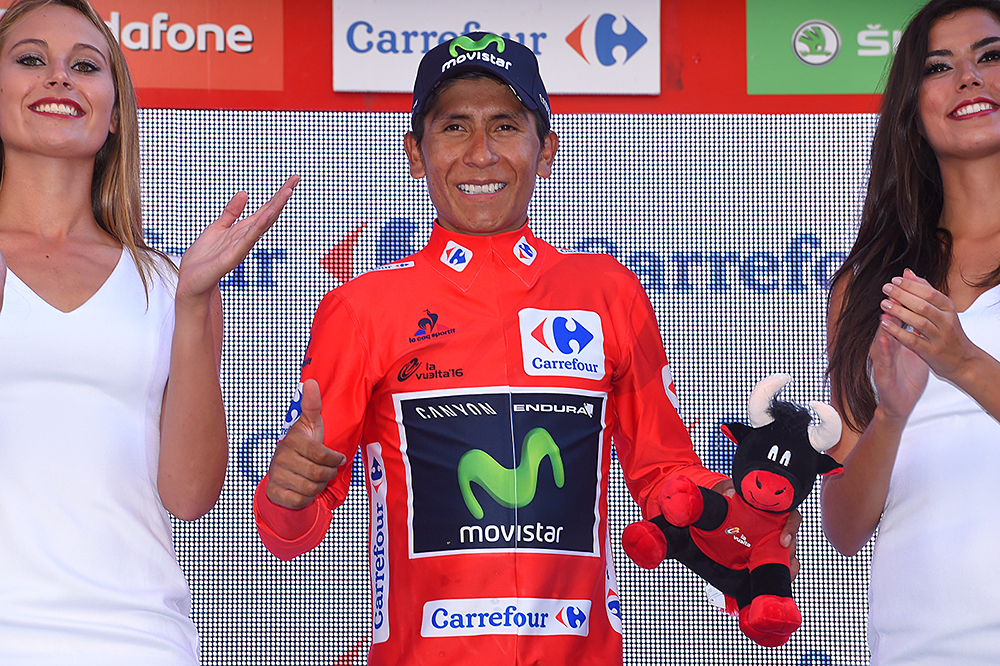
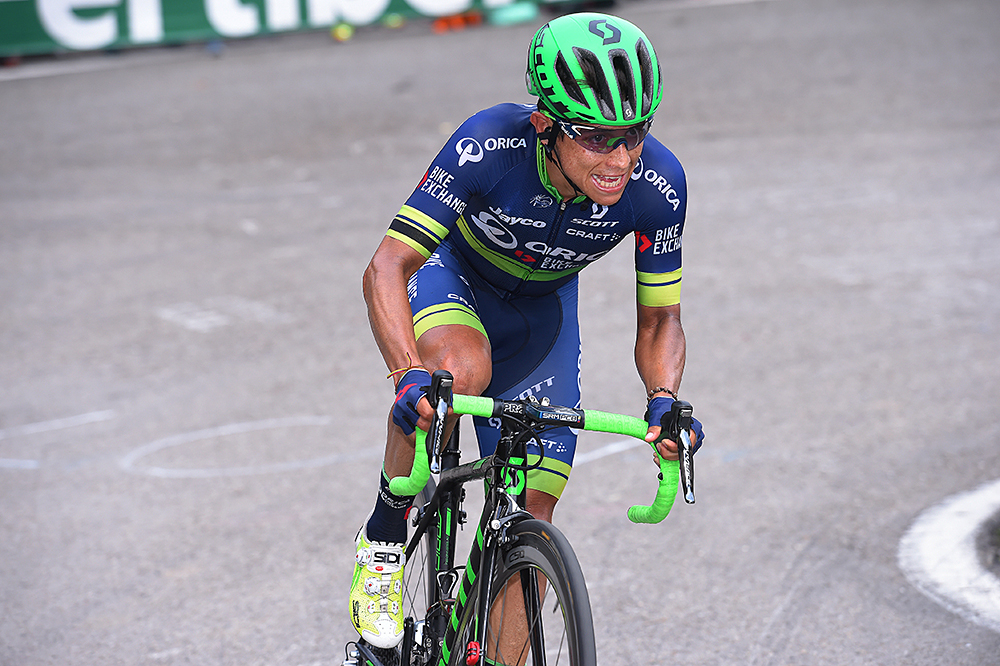
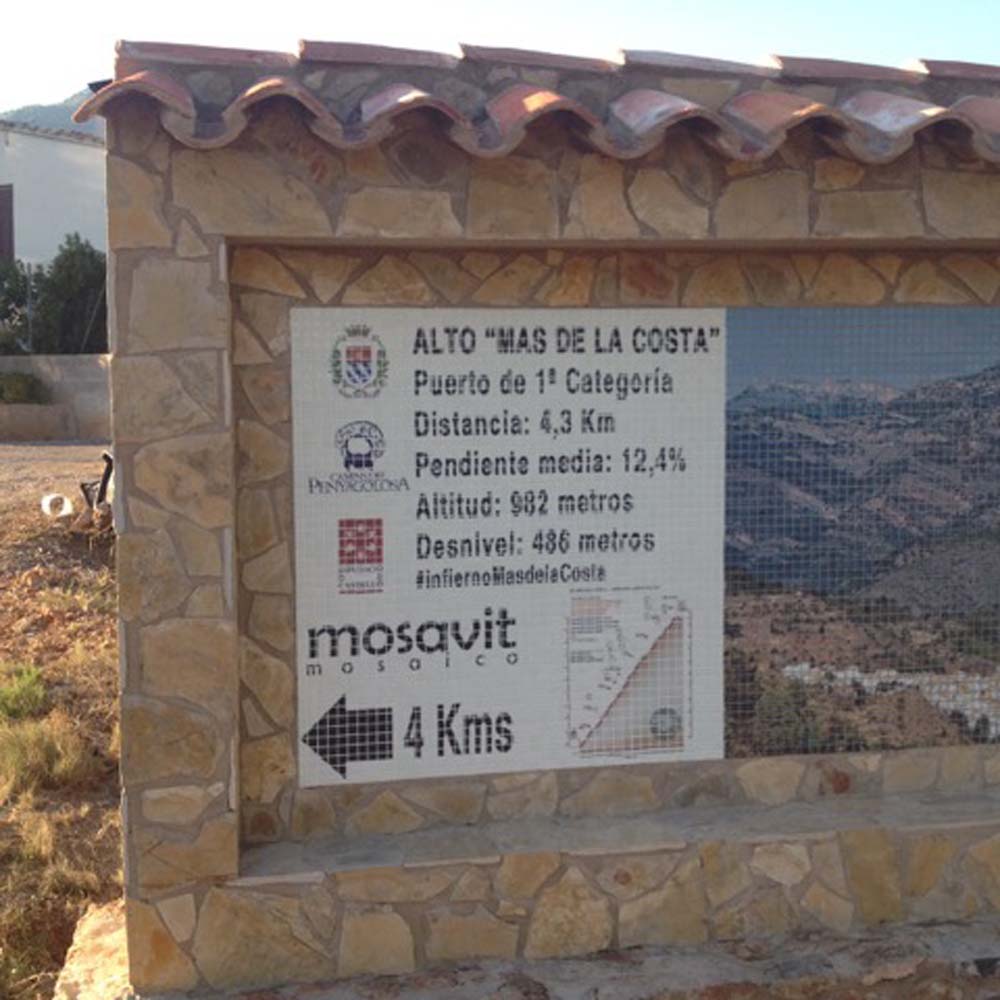
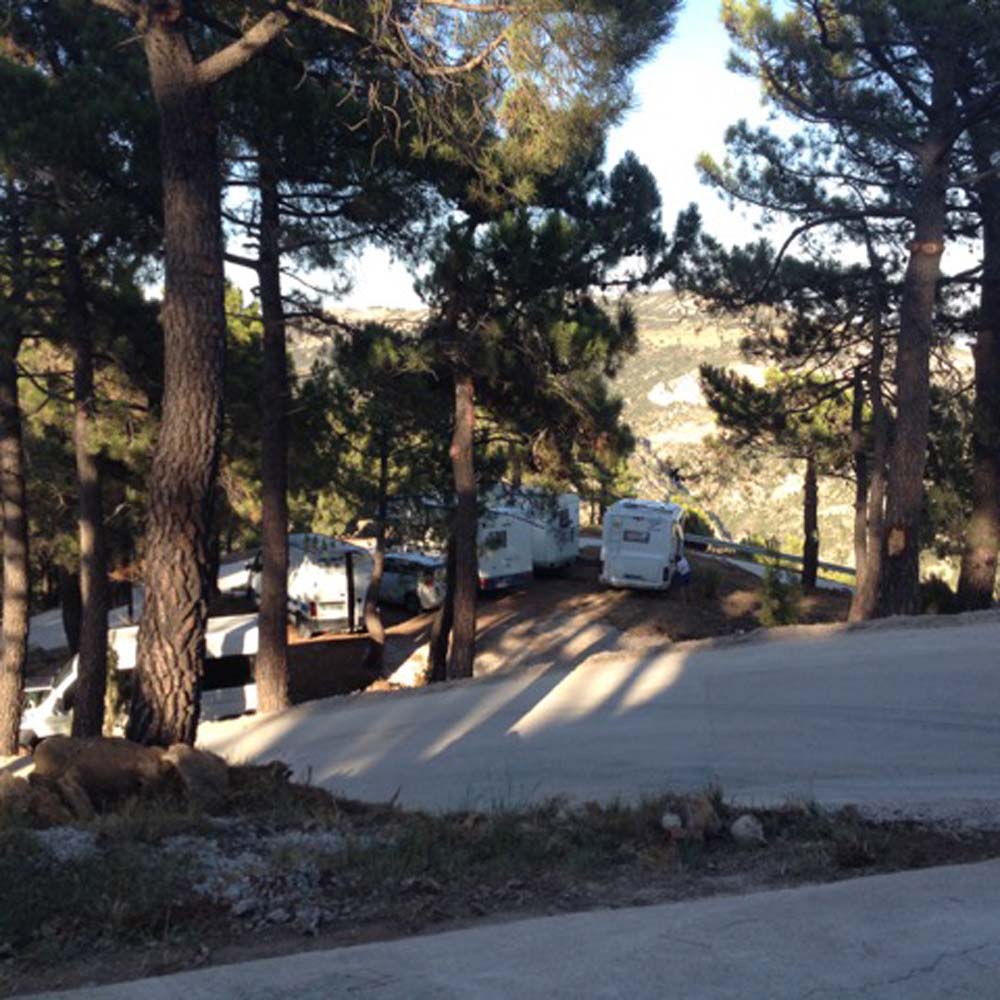
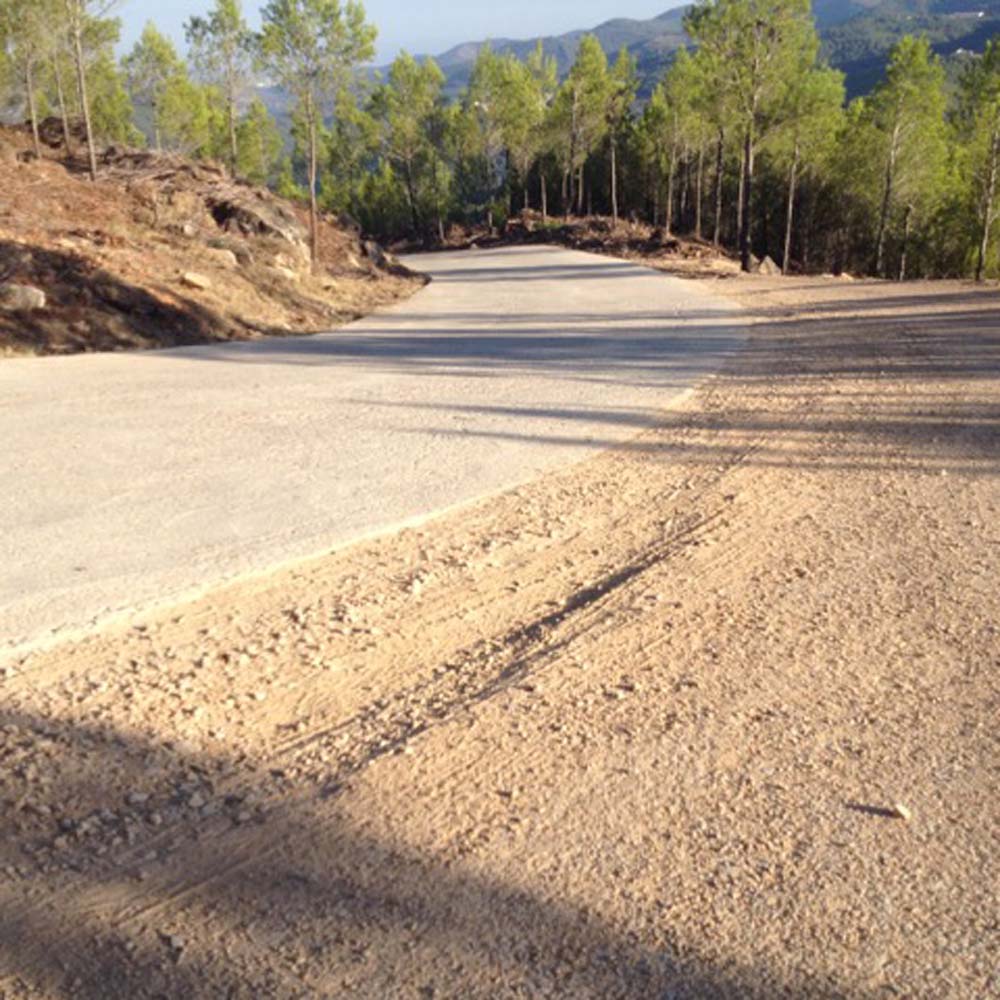
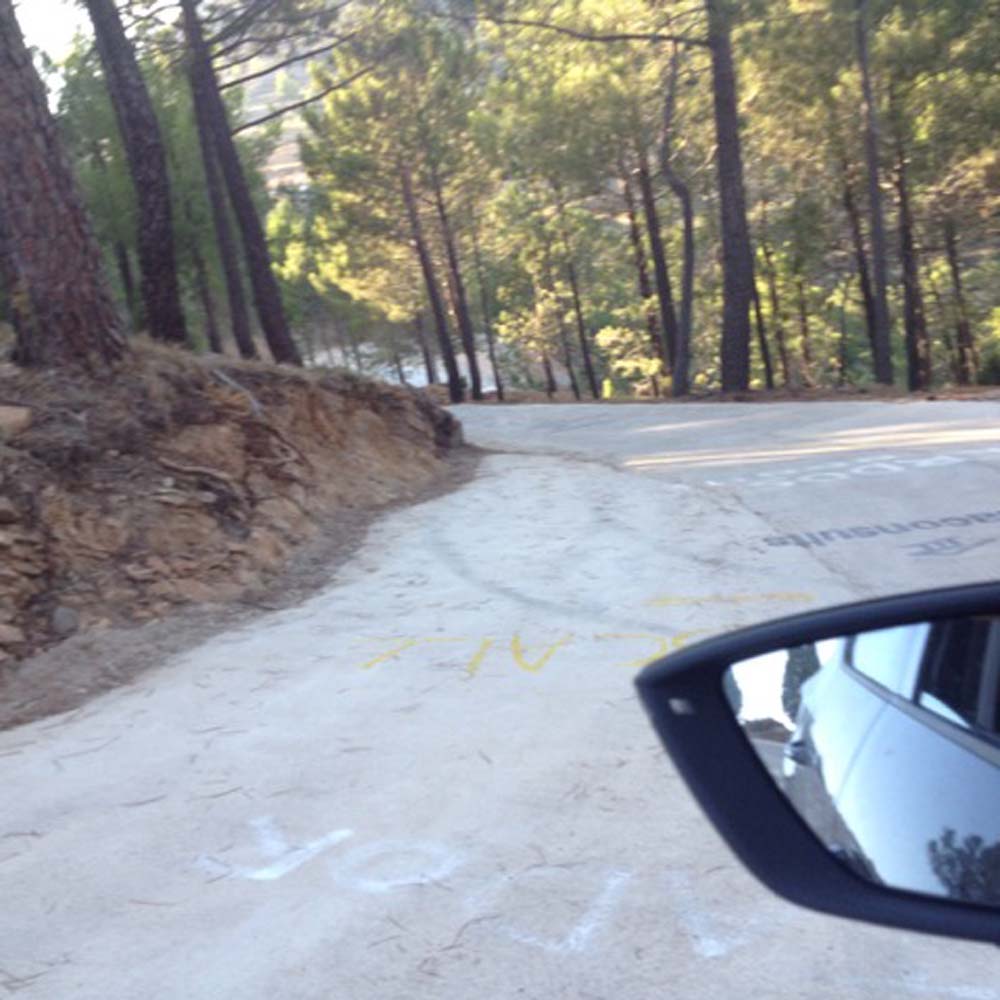
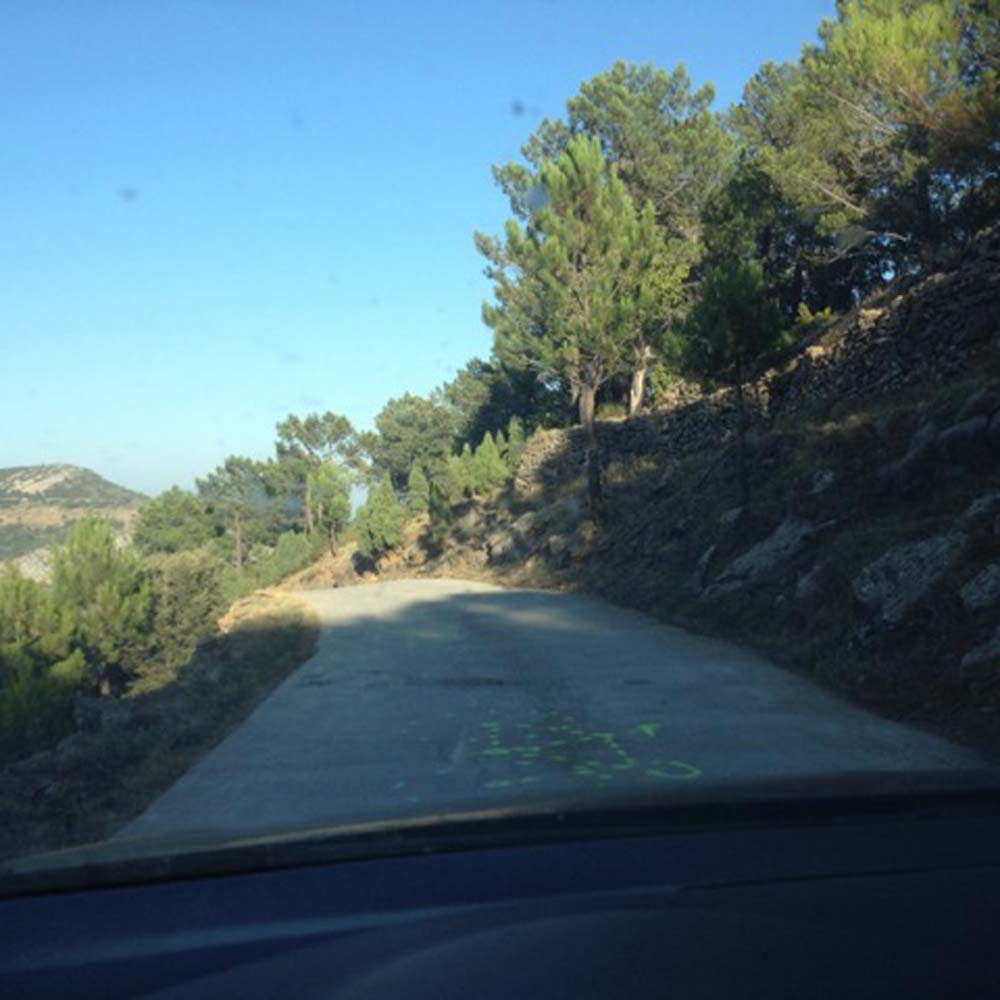
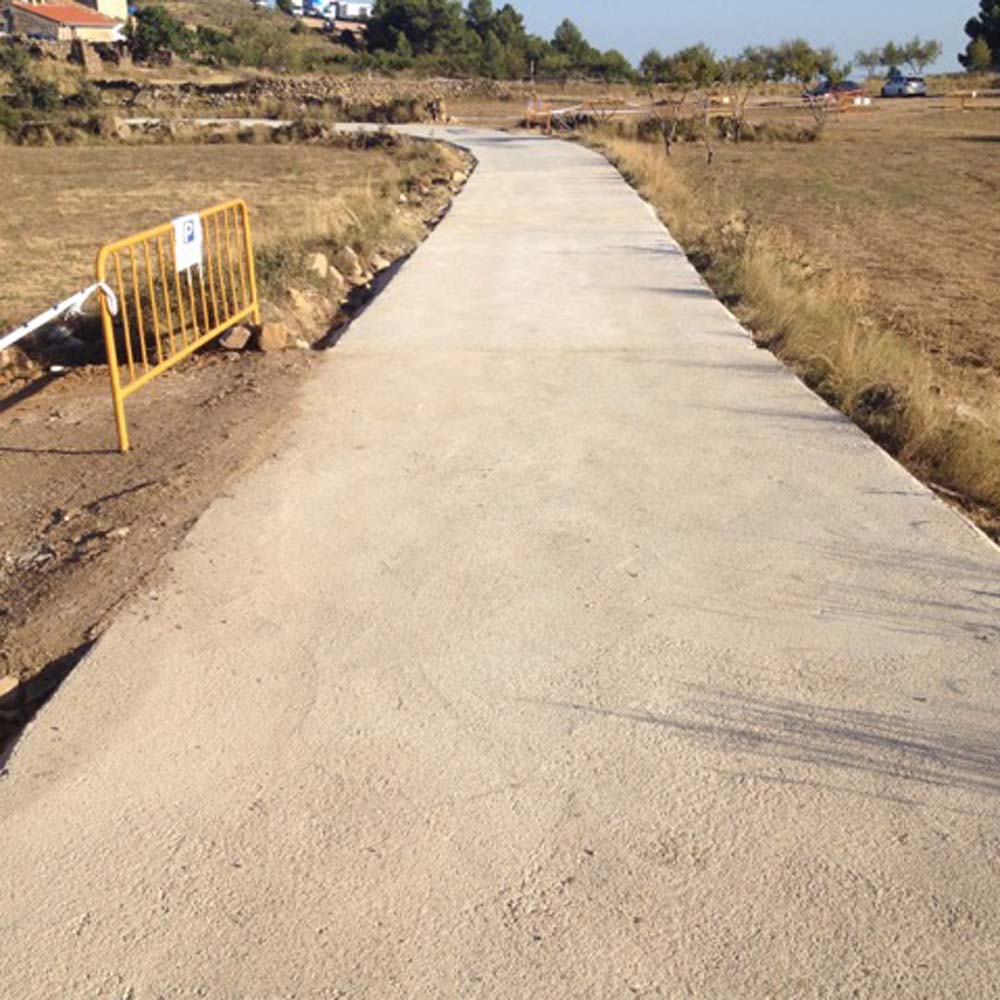
Today’s Vuelta a Espana stage concludes with the first ever ascent of the first category Mas de la Costa, an ultra-steep, technical climb that could cause further surprises in the battle for overall victory. The riders will be greeted by a welcome message painted on the road: Aquí empieza el infierno - Hell Starts Here. After which, the Vuelta peloton certainly faces a very real world of pain.
Froome says riders outside Vuelta a Espana time limit should have remained excluded
Contador: Mas de la Costa stage will be one of the toughest of the entire Vuelta a Espana
Rodriguez predicts Quintana victory in Vuelta a Espana
Vuelta a Espana: Mathias Frank wins stage 17
Vuelta a Espana: Tenacious Froome locks onto GC train on Mas de la Costa
The Mas de la Costa climb - which translates roughly as ‘the farmstead with the slope’ - is only 4.3 kilometres long, but is, as Cyclingnews discovered when checking out the route, exceptionally challenging. The rare data, present on a stone plaque on the right of the road at the foot of the climb is daunting: in such a short distance, there’s an average gradient of 12.7 percent, a vertical gain of 486 metres and reaching a height of 982 metres above sea level. The summit is on a lonely hillside set deep in the most rural part of the region of Valencia.
Even the ten kilometres before the climb are not straightforward, albeit on normal roads running deep inland in the province of Castellon in northern Valencia. Constantly undulating, combined with the current heat wave and coming at the end of a 177.5 kilometre stage with 3,640 metres of vertical climbing; you can see why Alberto Contador warned on the rest day about how dangerous this stage could be. It is also why he and his rivals went to see the climb instead of enjoying a quiet rest day.
This final approach to the town of Llucena will certainly help fracture what remains of the peloton. A narrow, twisting run through the town’s main square, a sharp left hand bend in the main square and finally a short uphill section taking the peloton back into the countryside all provide added difficulty.
There’s a fast, fairly technical descent on broad roads out of the town for a couple of kilometres to add to the tension, and then with a left hand fork the road abruptly narrows as the climb itself begins. Positioning will be crucial, given what follows, all the way to the top, is a strip of road barely more than a car’s-width at any point and with no false flats or downhills at all.
On dusty cement
The climb curves and weaves its way through a dense forest and wobbles precariously along a narrow cliff-edge at one point, before dipping back into the trees and up to the finish. It’s divided into two clear segments, the first for two kilometres on tarmac, the second on dusty cement. Woe betide anybody who punctures here: with riders stretched out into a long line by the narrowness of the road, not to mention the lines of fans, it’ll be almost impossible for following motorbikes to get through, let alone team-cars.
Get The Leadout Newsletter
The latest race content, interviews, features, reviews and expert buying guides, direct to your inbox!
The Mas de La Costa gradient is not as steep as at the Mirador de Ezaro’s 30 percent ‘walls’ on stage three. However the Vuelta’s ninth of its ten summit finishes is twice as long as Ezaro - which was two kilometres at most - and is far more unrelenting. The first section over tarmac, with one very tough left hand hairpin, mainly oscillates with a gradient of between 12% and 18%.
It is the second part, on the two-kilometre long cement path, that is the real challenge. Two brutally steep S bends, a series of step-like ramps in the middle and the hardest chicane of all just before the top, with segments at 20% and 22% could combine to see some serious time gaps. Standing on the pedals, local riders have said, is all but impossible, given the risk of wheel spin. And as Cyclingnews can testify, even in a car, once you stop on this climb, it’s difficult to start again.
When the reek of burning clutch fluid from all the following vehicles finally fades in the woodlands of Mas De La Costa, the gaps may not be as big as on a Pyrenean mountain stage or at Covadonga. But coming so late in the race, with just five days left, a climb as tough as this definitely represents a major obstacle, and one which could yet shake up the overall classification again.
Alasdair Fotheringham has been reporting on cycling since 1991. He has covered every Tour de France since 1992 bar one, as well as numerous other bike races of all shapes and sizes, ranging from the Olympic Games in 2008 to the now sadly defunct Subida a Urkiola hill climb in Spain. As well as working for Cyclingnews, he has also written for The Independent, The Guardian, ProCycling, The Express and Reuters.
